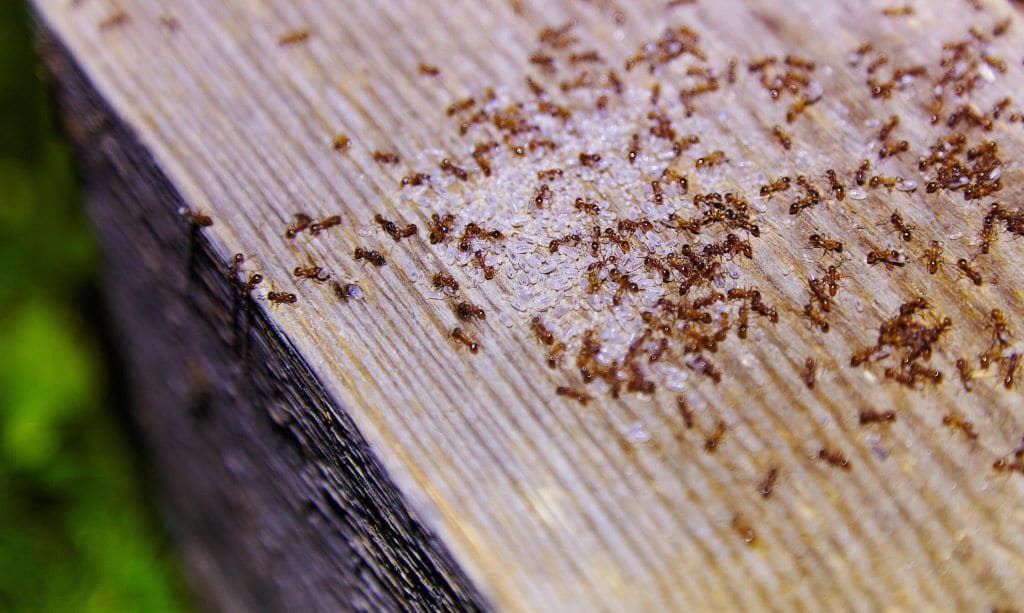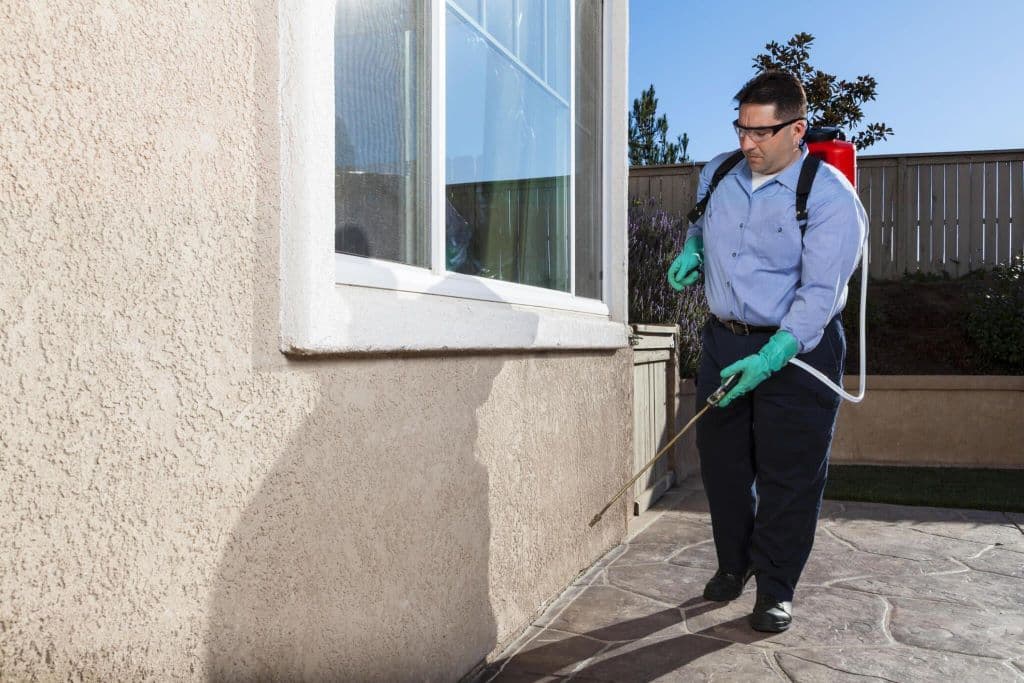Dealing with invasions can be a bother for households disrupting our daily routines and compromising our overall well being. While ants are generally harmless it’s important to note that certain species can deliver bites and even pose health risks.
This article aims to provide insights and tips on controlling ants while prioritizing our health ensuring a bite living environment.
Understanding the Health Risks
While not all ants are problematic there are species that we need to be cautious of. Bites from some types of ants can cause itching, redness and swelling. In cases these bites may trigger allergic reactions that require medical attention.
Additionally it’s worth noting that ants have the potential to carry bacteria which can contaminate food and surfaces leading to health concerns.

Identifying Common Ant Species
To effectively tackle infestations it’s crucial for us to accurately identify the species causing the issue. There are types of household ants we commonly encounter including carpenter ants known for their ability to damage structures, odorous house ants which emit an unpleasant odor when crushed, and fire ants notorious for their painful stings that often prompt allergic reactions.
Tips for Keeping Your Home Ant Free
When it comes to using pesticides for ant control, it’s essential to prioritize safety and effectiveness. Here are some commonly used pesticides and their application methods:
Ant Bait Stations
Ant bait stations are highly effective for ant control. These stations contain insecticides that work slowly allowing ants to carry them back to their colonies.
There the insecticides are shared with ants, including the queen leading to the elimination of the entire colony. Some common active ingredients found in baits include:
Acid- Proven effective against a wide range of ant species.
Hydramethylnon- useful for controlling feeding ants like Argentine ants.
Fipronil- Effective against species, including fire ants.
Using bait stations is a way to address issues, with ants and ensure long term control.
Seal Entrances
Take a look around your house to find and seal off any entry points for ants. Make sure to patch up cracks, gaps and crevices in doors, windows and walls to prevent ants from getting in.
Maintain Cleanliness
Since ants are attracted to food sources it’s crucial to keep your home clean. Regularly wipe down surfaces promptly clean up crumbs and store food in sealed containers. Remember to dispose of garbage and clean trash cans so that there are no odors for ants.
Eliminate Standing Water
Many types of ants are drawn to water sources. Fix any leaks soon as possible. Ensure that there is no stagnant water in sinks or trays beneath potted plants. This simple measure can discourage ants from establishing nests within your home.
Consider Natural Repellents
You may want to try using repellents as a way of deterring their presence. Common options include cinnamon, peppermint oil, vinegar and citrus peels. These substances can disrupt trails. Make your home less appealing, to these pests.
Utilize Diatomaceous Earth
Diatomaceous earth is a powder that can be sprinkled in areas where ants tend to roam. The fine particles dehydrate the ants effectively without posing any risk to humans or pets.
Use of Essential Oils for Ant Control
Essential oils can be an effective and natural way to control ants in and around your home. Here’s a more detailed look at how to use essential oils for ant control:
Clove Oil for Ant Control
In addition to the oils mentioned clove oil is also highly effective, in repelling ants.Mix an amount of clove oil with water. Spray it in areas where you frequently see ants. The strong smell of the clove oil disrupts their communication and foraging trails which deters them from entering your living space.
Lemon and Vinegar Barrier
Create a barrier against ants using a mixture of lemon juice and white vinegar in parts. Use this mixture to wipe down surfaces, entry points and ant trails to disrupt their pheromone trails. The acidity of lemon juice and vinegar also helps to sanitize surfaces.
Bay Leaves as Ant Repellent
Bay leaves have natural repellent properties that can be effective in keeping ants. Place bay leaves near entry points on windowsills or in pantry areas. The strong aroma of bay leaves disrupts trails. Discourages them from entering your home.
Homemade Ant Spray
Make your spray by combining water, a small amount of dish soap and a few drops of essential oils like peppermint, tea tree or eucalyptus. This solution can be directly sprayed onto ants to disrupt their movement and make it harder for them to navigate.
Coffee Grounds as a Natural Barrier
Coffee grounds not work as a fertilizer but also act as an effective barrier, against ants. Spread used coffee grounds around the perimeter of your house near entrances. The smell and texture of coffee grounds work as a deterrent preventing ants from crossing the barrier created by the grounds.
Practices that are Sustainable and Eco Friendly
Adopting sustainable and eco-friendly practices is crucial for reducing your environmental impact. Here are some practices that are Sustainable and Eco Friendly:
Thorough Yard Maintenance
Ant colonies often originate from areas. Keep your yard well kept by trimming plants clearing away debris and minimizing water. This proactive approach can reduce the chances of ants establishing nests in proximity, to your home.
Use Pest Repellent Plants that are Eco Friendly
Incorporate pest repellent plants into your garden and the surroundings of your home. Plants like mint, basil and chrysanthemums naturally discourage ants and other pests. This not only enhances the beauty of your environment but also contributes to a more sustainable and eco friendly living space.
Borax Mix for Repelling Ants
Create a safe ant repellent using borax, sugar and water. Combine equal parts borax and sugar dissolving them in water. Soak cotton balls in this solution.
Place them near trails or potential entry points. The ants will be attracted to the sugar. Unknowingly carry back the borax to their nests effectively eliminating the colony.
Conclusion
In conclusion creating a living space from ant bites involves a two pronged approach taking preventative measures and prioritizing health oriented ant control strategies.
By being aware of the risks associated with infestations and adopting non harmful methods you can establish a home that is both pest free and promotes overall well being.
Dedicate some time to identifying entry points keeping your surroundings clean and exploring friendly solutions. This way you can ensure an healthy living environment for yourself and your loved ones.











